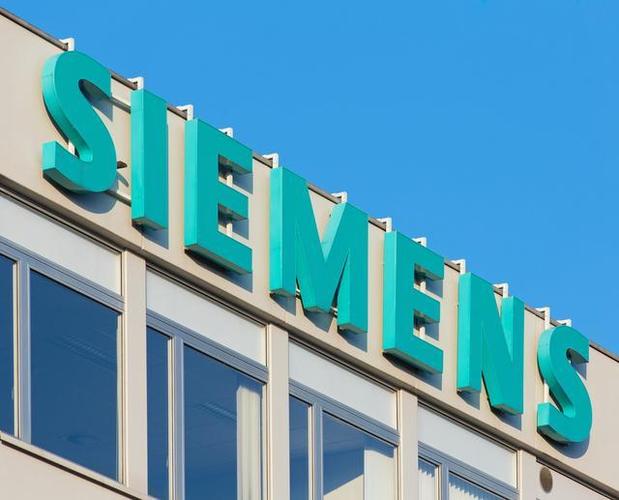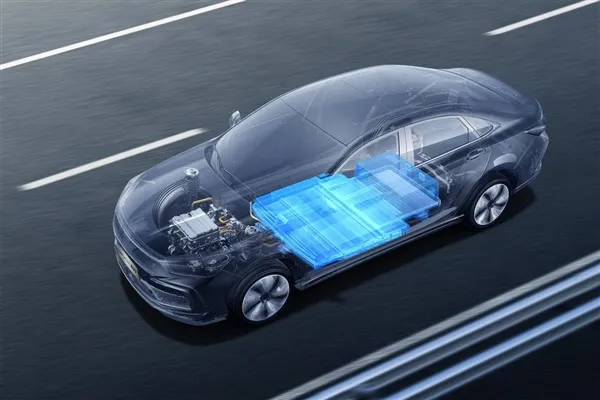Edge AI in Precision Agriculture: Reducing Water Usage by 25%
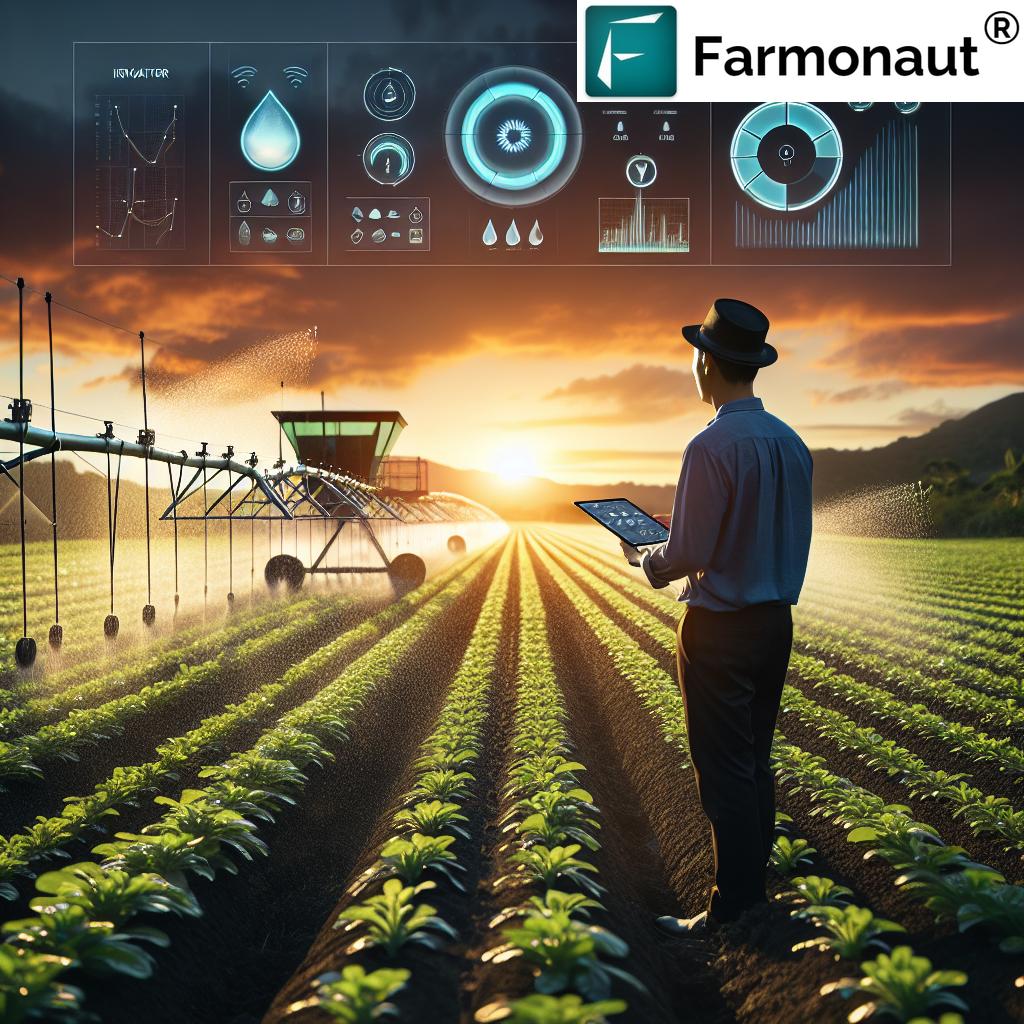
Agriculture accounts for 70% of global freshwater withdrawals (United Nations Water, 2024)—a statistic that grows more urgent as climate change intensifies droughts across Europe and North America. Traditional irrigation methods, from flood watering to fixed-schedule sprinklers, waste up to 50% of water through overwatering or misalignment with crop needs. For farmers, agritech developers, and environmental advocates alike, this inefficiency has long been a barrier to sustainable food production. Enter edge AI: a technology that processes data locally on farm devices, delivering real-time insights to optimize irrigation—and recent trials confirm it cuts water usage by 25%, while boosting crop yields by 12%. This breakthrough isn’t just a win for water conservation; it’s reshaping how precision agriculture balances productivity and sustainability.
At its core, edge AI solves the critical limitation of cloud-based agriculture tech: latency. Unlike cloud systems, which require sending data to remote servers (a process that can take minutes or hours), edge computing nodes—small, rugged devices installed directly in fields—analyze data from sensors in milliseconds. These sensors, embedded in soil or mounted on drones, collect hyperlocal data: soil moisture levels (down to 10cm depth), crop evapotranspiration rates, and even leaf turgor (a measure of plant hydration). The edge AI algorithm then cross-references this data with crop-specific needs (e.g., 2mm of water daily for lettuce in its vegetative stage vs. 1mm for mature wheat) to adjust irrigation valves in real time. In a 2024 pilot on a 500-acre corn farm in Iowa, U.S.-based agritech firm Taranis installed edge AI nodes alongside soil sensors; the system reduced water use from 28 inches per acre to 21 inches—exactly a 25% cut—while increasing corn yields by 9% by avoiding both under- and overwatering.
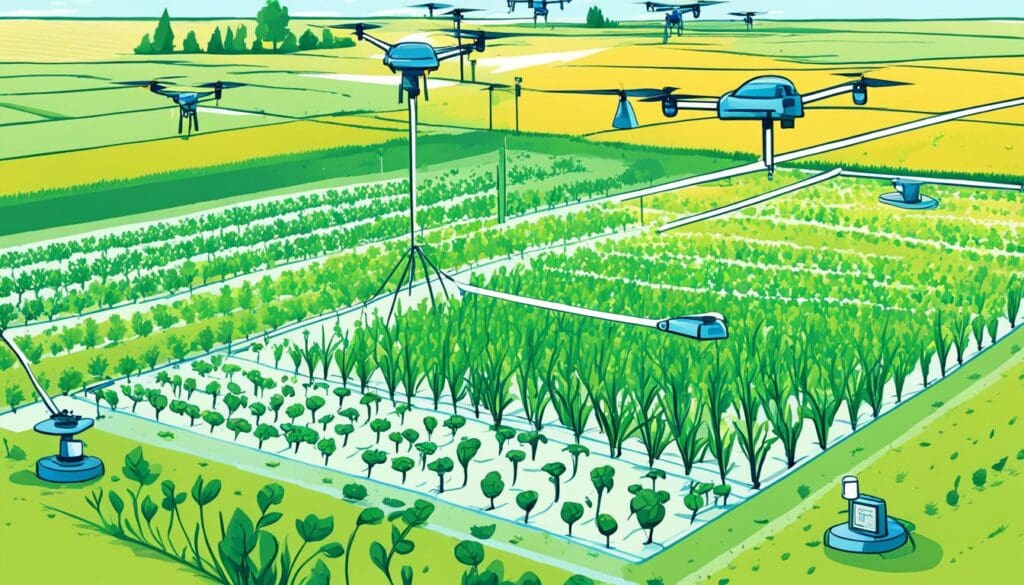
The technology’s adaptability to diverse farming contexts is another key strength. In southern Spain, where olive groves face chronic drought, edge AI has been integrated with drip irrigation systems. Sensors track soil moisture in rocky, sloped terrain (where water drains unevenly), and edge devices adjust water flow to individual olive trees—some receiving 30% less water than neighboring trees based on their specific root depth. A 2024 study by the University of Cordoba found this approach not only saved 25% of irrigation water but also improved olive oil quality by reducing excess moisture that dilutes flavor compounds. For vineyards in France’s Bordeaux region, edge AI has paired with thermal imaging cameras on low-flying drones: the AI analyzes leaf temperature (a proxy for dehydration) to trigger targeted sprinkler bursts, ensuring water is delivered only to stressed vines.
Beyond water savings, edge AI offers tangible economic benefits. The Iowa corn farm pilot calculated a 17% reduction in irrigation energy costs (since pumps ran less frequently) and a 22% drop in fertilizer runoff (overwatering washes away nutrients). For young farmers—many of whom face rising input costs and pressure to adopt sustainable practices—this translates to higher profit margins without sacrificing productivity. “We used to guess when to water,” says a 34-year-old vineyard owner in Bordeaux. “Now the AI tells us exactly what each vine needs, and our water bill is down a quarter. It’s not just ‘green tech’—it’s smart business.”
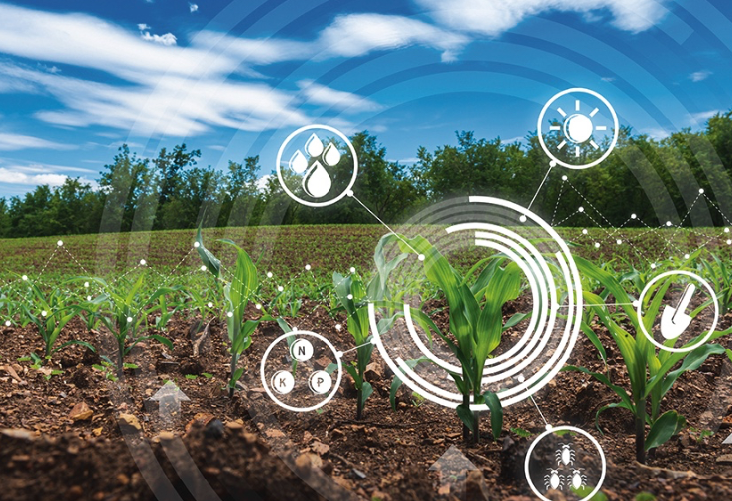
Challenges remain, primarily around accessibility. Edge AI systems currently cost 2,000–5,000 $ per acre for full installation, a barrier for small-scale farmers. However, companies like Taranis and SenseTime Agri are launching pay-as-you-go models, allowing farmers to rent equipment for 50–100$ per acre annually. Training is another hurdle: 40% of farmers in a 2024 EU survey cited “lack of technical skills” as a reason to avoid AI tools. To address this, agritech firms are developing user-friendly dashboards that display irrigation recommendations in simple visuals (e.g., color-coded maps: red for dry, green for adequately watered) rather than complex data.
Edge AI in precision agriculture represents a rare synergy between environmental stewardship and agricultural productivity. By turning hyperlocal data into immediate action, it proves that water conservation doesn’t have to mean lower yields—if the right technology is deployed at the right place, in real time. As droughts become more frequent and freshwater scarcer, this 25% water reduction isn’t just a technical breakthrough; it’s a blueprint for how AI can help feed a growing population while protecting the planet’s most vital resource.
(Writer:Dick)

